Introduction To Sea Bass
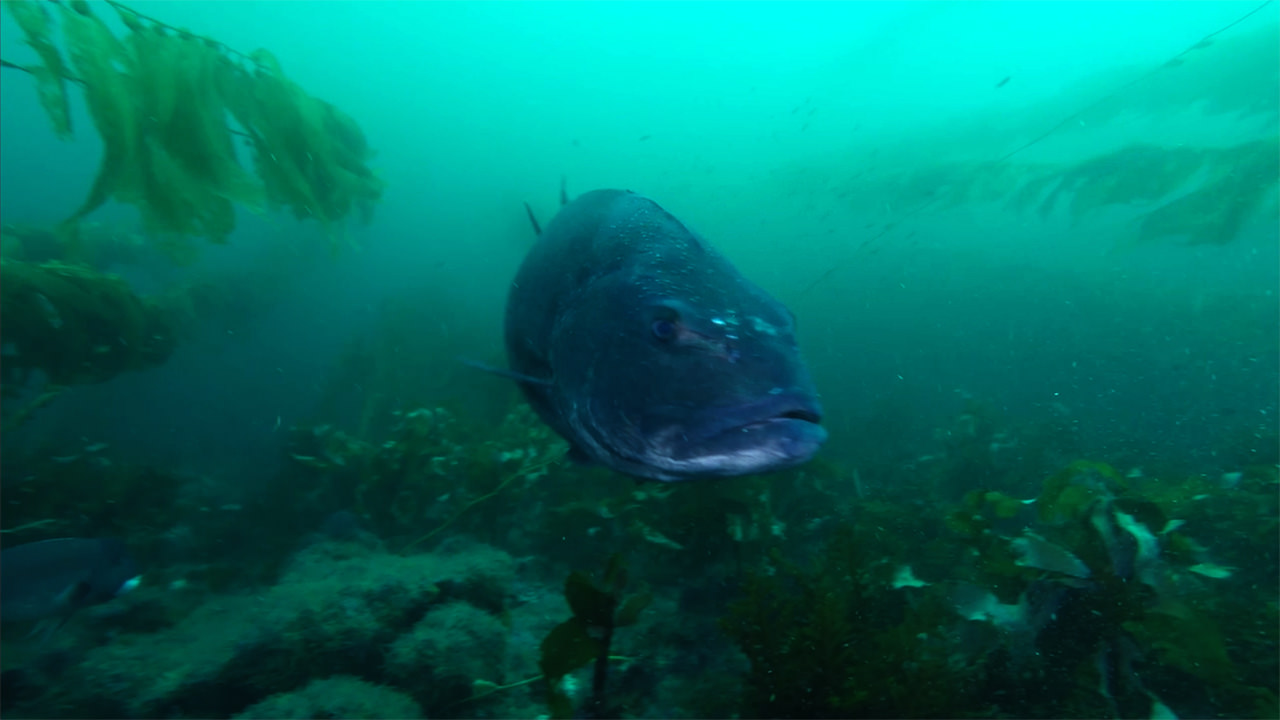
Sea Bass is a popular and versatile fish that is commonly found in oceans around the world. It is known for its delicate flavor and firm, white flesh. Sea Bass is highly valued in cooking and is often featured in gourmet dishes due to its excellent taste and texture. This fish can be found in different species, each with its own unique characteristics. Sea Bass is not only a culinary delight but also plays a vital role in marine ecosystems and is an important commercial species in the fishing industry.
What Is Sea Bass? A Brief Overview
Sea Bass is a type of fish that is widely known for its delicate flavor and firm, white flesh. It is highly valued in cooking and often featured in gourmet dishes due to its exceptional taste and texture. Sea Bass can be found in various species, each with its own unique characteristics. This popular fish is not only a culinary delight but also plays a significant role in marine ecosystems and is an important commercial species in the fishing industry. Sea Bass is a versatile and prized fish that is enjoyed by many seafood lovers around the world.
Different Types Of Sea Bass Species
Sea Bass encompasses various species, each with its unique characteristics. Some of the most well-known species include the European Seabass (Dicentrarchus labrax), Black Sea Bass (Centropristis striata), and the Chilean Sea Bass (Dissostichus eleginoides).
The European Seabass is typically found in the Eastern Atlantic Ocean and the Mediterranean Sea, famous for its exquisite flavor and culinary versatility.
The Black Sea Bass, native to the Atlantic coast of North America, is known for its distinctive black coloring and mild flavor.
Lastly, the Chilean Sea Bass, found in the southern waters of Chile and Argentina, has a delicate flavor and firm texture, making it highly sought after in gourmet cuisine.
Each species brings its own taste and culinary potential, allowing seafood enthusiasts to explore a wide range of flavors with Sea Bass.
Sea Bass Nutrition And Health Benefits

Sea Bass is not only delicious but also packed with essential nutrients that contribute to a healthy diet. It is rich in protein, which helps build and repair tissues, as well as supporting muscle development. Sea Bass also contains omega-3 fatty acids, which promote heart health and reduce inflammation in the body. Additionally, it is a good source of vitamins and minerals such as vitamin D, potassium, and selenium. Incorporating Sea Bass into your meals can provide numerous health benefits and contribute to a well-balanced diet.
Nutritional Value Of Sea Bass
Sea Bass is a powerhouse of nutrition, offering a wide range of essential nutrients. A 100-gram serving of Sea Bass provides approximately 97 calories, 19 grams of protein, and 2 grams of fat. It is also a good source of important vitamins and minerals, including vitamin D, potassium, and selenium. Sea Bass is particularly known for its high omega-3 fatty acid content, which is beneficial for heart health and reducing inflammation in the body. Incorporating Sea Bass into your diet can provide a healthy dose of nutrients and contribute to overall well-being.
Health Benefits Of Consuming Sea Bass
Consuming Sea Bass offers a multitude of health benefits. This nutritious fish is rich in omega-3 fatty acids, which play a crucial role in promoting heart health by reducing inflammation and improving cholesterol levels. The high protein content in Sea Bass supports muscle growth and repair. Additionally, Sea Bass is a good source of vitamins and minerals, including vitamin D, potassium, and selenium, which are vital for overall well-being. Incorporating Sea Bass into your diet can contribute to a healthy heart, strong muscles, and overall optimal health.
Sea Bass Habitat And Behavior
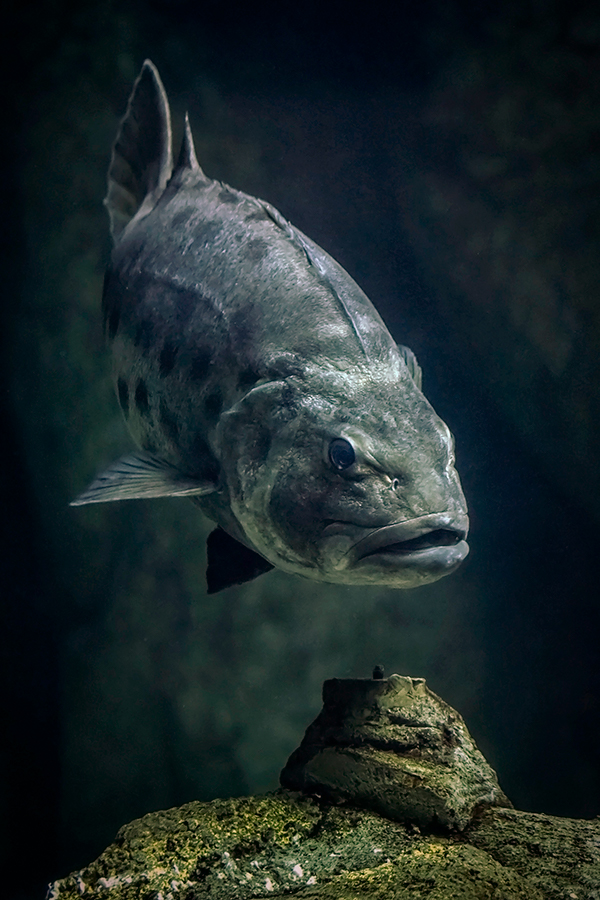
Sea Bass inhabit the Atlantic Ocean, Mediterranean Sea, and Black Sea, favoring waters with temperatures between 15 and 20 degrees Celsius. They are commonly found in kelp forests and rocky reefs, where they seek shelter and food. Sea Bass are known for their curious nature and may swim close to divers for investigation. They exhibit a solitary behavior and are territorial, defending their preferred area against intruders. Sea Bass are carnivorous, feeding on small fish, crustaceans, and mollusks. Understanding their habitat and behavior is key to effectively locating and catching these prized fish.
Natural Habitat Of Sea Bass
Sea Bass are commonly found in the Atlantic Ocean, Mediterranean Sea, and Black Sea. They prefer waters with temperatures between 15 and 20 degrees Celsius. These fish inhabit diverse environments such as kelp forests, rocky reefs, and seagrass beds. They seek shelter and food in these habitats, taking advantage of the abundance of small fish, crustaceans, and mollusks. Sea Bass are also known to venture into estuaries, bays, and harbors. Their adaptability allows them to thrive in a variety of habitats, making them widely distributed across the world’s oceans.
Behavioral Characteristics Of Sea Bass
Sea Bass have several notable behavioral characteristics that contribute to their survival and success in their natural habitats. These fish are known for their active swimming behavior, allowing them to be efficient predators. They use their speed and agility to ambush their prey, surging towards them with remarkable speed. Additionally, Sea Bass have a keen ability to detect and avoid predators, using their quick movements to evade danger. These behavioral traits make Sea Bass formidable hunters and enable them to thrive in their diverse and challenging environments.
Cooking With Sea Bass
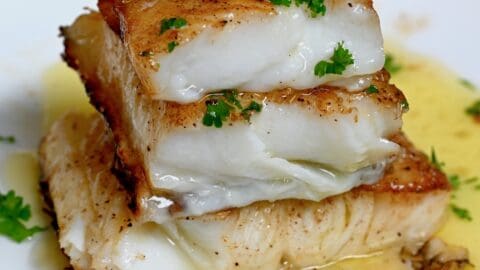
Sea Bass is a versatile fish that can be cooked using various methods. Grilling is a popular way to prepare Sea Bass, as it gives it a smoky and charred flavor. This fish can also be baked or pan-seared, which helps to retain its moisture and natural flavors. Sea Bass pairs well with a variety of ingredients, such as citrus fruits, herbs, and spices. Some delicious Sea Bass recipes to try include Asian-inspired dishes with soy sauce and ginger, Mediterranean-style preparations with tomatoes and olives, or classic grilled Sea Bass served with a squeeze of lemon. Get creative and experiment with different flavors to enhance the delicate taste of Sea Bass.
Popular Cooking Methods For Sea Bass
Popular cooking methods for Sea Bass include grilling, baking, and pan-searing. Grilling Sea Bass imparts a smoky and charred flavor, enhancing its delicate taste. Baking the fish helps to retain its moisture and natural flavors, resulting in a tender and juicy texture. Pan-searing Sea Bass creates a crispy outer layer while maintaining the moistness inside. These cooking methods allow for versatility in flavor profiles, as Sea Bass pairs well with various ingredients such as citrus fruits, herbs, and spices. Whether you prefer a smoky grilled Sea Bass or a succulent baked dish, there are plenty of options to explore.
Delicious Sea Bass Recipes To Try
Delicious Sea Bass recipes to try: Sea Bass can be prepared in a variety of mouthwatering ways. One popular recipe is Grilled Sea Bass with Lemon and Herbs. Simply marinate the fish in a mixture of lemon juice, olive oil, garlic, and your favorite herbs, then grill it to perfection. For a flavorful twist, you can also try Pan-Seared Sea Bass with Tomato and Basil Sauce. Sear the fish fillets in a hot skillet and serve them with a homemade tomato and basil sauce for a burst of fresh flavors. These recipes will surely elevate your Sea Bass dining experience.
Sustainability Of Sea Bass Fishing
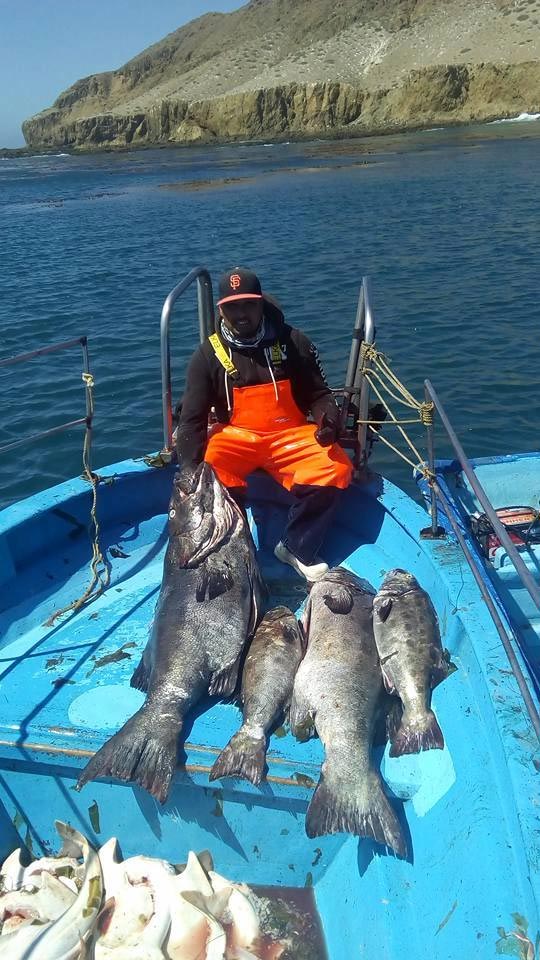
Sustainability of Sea Bass Fishing: The sustainability of sea bass fishing is a crucial aspect to ensure the long-term health of fish populations and the ocean ecosystem. Overfishing and improper fishing methods can result in depletion of sea bass stocks and harm to other marine species. To address this, efforts are being made to promote sustainable sea bass fishing practices. These include implementing catch limits, improving fishing gear to reduce bycatch, and supporting marine protected areas. By adopting these practices, we can preserve the abundance of sea bass while also maintaining a healthy marine environment.
Challenges In Sea Bass Fishing
Challenges in sea bass fishing include overfishing, which can lead to depletion of sea bass stocks and disruptions in the marine ecosystem. Sea bass are also a popular target for recreational anglers, creating competition and potential for overexploitation. Additionally, sea bass habitats, such as rocky reefs and seagrass beds, are vulnerable to degradation from human activities, further impacting the availability and sustainability of sea bass populations. These challenges highlight the need for responsible fishing practices and effective management strategies to ensure the long-term health and abundance of sea bass.
Efforts Towards Sustainable Sea Bass Fishing Practices
Efforts towards sustainable Sea Bass fishing practices have been implemented to ensure the long-term viability of these fish species. This includes the establishment of fishing quotas and regulations to limit the number of Sea Bass catches and prevent overfishing. Additionally, conservation organizations and government agencies are working together to promote responsible fishing techniques, such as using selective fishing gear to reduce bycatch and protect other marine species. These efforts aim to maintain healthy Sea Bass populations and protect the delicate balance of the marine ecosystem. Responsible seafood certifications and consumer education also play a crucial role in encouraging sustainable fishing practices.
Conclusion
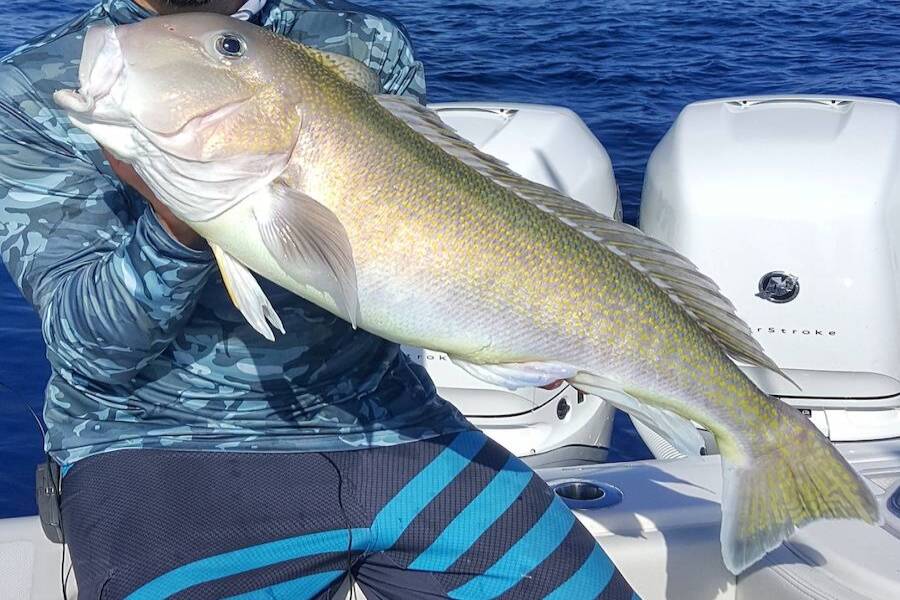
In conclusion, Sea Bass is a highly versatile and popular fish that offers a delightful culinary experience. With its succulent flavor and tender texture, Sea Bass is a favorite among seafood enthusiasts. Whether it’s prepared through grilling, baking, or pan-frying, Sea Bass can be enjoyed in various delicious recipes. However, it is important to ensure that Sea Bass is sourced sustainably to protect the species and maintain a healthy marine ecosystem. By making responsible purchasing choices and supporting sustainable fishing practices, individuals can continue to enjoy the many delights that Sea Bass has to offer.
The Versatility And Popularity Of Sea Bass
Sea Bass is renowned for its versatility and is well-loved by food enthusiasts and top chefs around the world. Its delicate flavor, buttery texture, and firm flesh make it a perfect choice for a variety of cooking methods. Whether grilled, baked, or pan-fried, Sea Bass enhances any dish with its rich and succulent taste. From simple preparations to elaborate recipes, Sea Bass always delivers an exceptional culinary experience. Its popularity stems from its delectable flavor profile and its ability to elevate both everyday meals and special occasions. Enjoying Sea Bass has become a delightful tradition for seafood lovers everywhere.
Recommendations For Purchasing And Enjoying Sea Bass
When it comes to purchasing Sea Bass, it is important to choose responsibly sourced fish to support conservation efforts and ensure the long-term sustainability of this delicious delicacy. Look for Sea Bass that has been certified by reputable organizations like the Marine Stewardship Council (MSC). Fresh Sea Bass should have clear, bright eyes, shiny skin, and a mild aroma. For the best taste experience, cook Sea Bass using various methods such as grilling, baking, or pan-frying. Enhance the flavor with simple seasonings like lemon, garlic, and fresh herbs. Remember to savor every bite and enjoy the versatility of Sea Bass in your culinary creations.
FAQ About Sea Bass: Exploring The Ocean’s Delight
Q: What is Sea Bass?
A: Sea Bass refers to a variety of fish species found in the sea. It is known for its mild flavor and firm texture, making it a popular choice among seafood lovers.
Q: Where is Sea Bass commonly found?
A: Sea Bass can be found in various oceans around the world, including the Mediterranean Sea, Atlantic Ocean, and Pacific Ocean. They prefer temperate waters and are often found near rocky reefs or inshore locations.
Q: What are the health benefits of consuming Sea Bass?
A: Sea Bass is a good source of protein, omega-3 fatty acids, vitamins, and minerals. It is known to promote heart health, brain function, and overall well-being. Consuming Sea Bass as part of a balanced diet can be beneficial for health.
Q: How can Sea Bass be prepared and cooked?
A: Sea Bass can be prepared and cooked in various ways, including grilling, baking, pan-searing, or steaming. It pairs well with a variety of herbs, spices, and marinades. Whether seasoned simply with salt and pepper or prepared with a more complex recipe, Sea Bass offers a versatile option for seafood dishes.
Q: Is Sea Bass sustainable?
A: It is important to choose sustainably sourced Sea Bass to help protect marine ecosystems. Look for certifications such as MSC (Marine Stewardship Council) or ASC (Aquaculture Stewardship Council) when purchasing Sea Bass to support responsible fishing practices and aquaculture.
Q: What is the nutritional value of Sea Bass?
A: Sea Bass is a nutrient-dense fish that is low in calories and rich in essential nutrients such as protein, vitamin D, selenium, and omega-3 fatty acids. Incorporating Sea Bass into your diet can contribute to a healthy and balanced nutritional intake.
Q: Are there different types of Sea Bass?
A: Yes, there are several species of fish that are commonly referred to as Sea Bass, including European Sea Bass, Chilean Sea Bass (Patagonian Toothfish), Black Sea Bass, and Asian Sea Bass. Each species may have distinct characteristics in terms of flavor, texture, and habitat.

Kostas Mediterranean is a family-owned Greek restaurant located in North Vancouver. Our passion for bringing the authentic flavors of Greece to the local community has been the driving force behind our establishment. We take pride in offering a warm and welcoming atmosphere where guests can experience the true essence of Greek hospitality. Our journey began with Kostas, whose culinary skills and love for Greek cuisine inspired the creation of the restaurant. With a desire to share his family recipes and traditions, Kostas set out to create a dining experience that captures the spirit of Greece. The result is a menu that showcases a delightful blend of traditional and modern Greek dishes prepared with the finest and freshest ingredients.